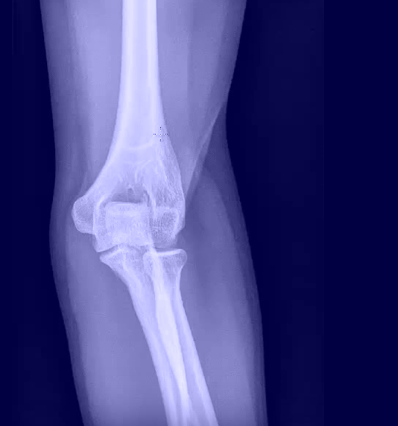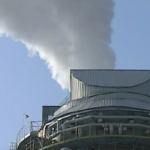Also known as osteophytes, bone spurs are abnormal growth of bones which hamper joint function. Persistent and prolonged inflammation related to conditions like bursitis, arthritis, and tendinitis often trigger development of an elbow spur.
Patients with elbow spur may experience symptoms like joint stiffness, joint pain, hard bump next to affected joint, reduced ability to straighten elbow, tingling or numbness of the 4th and 5th fingers, and weakened grip.
Treatment of elbow spur is dependent on the severity of the condition. Mild cases can be treated with OTC meds while severe cases will need surgery.
Symptoms of elbow spur
Bone spurs can develop in any joint, often at the tip of the affected bone. It can be present without any symptoms. However, when the spur exerts pressure or rubs against adjacent nerves or tissues, then it can result in pain. It can cause severe issues if it breaks off from the bone and traps in the joint.
A few common signs and symptoms of elbow spur are listed below:
- Pain: A large elbow spur may sometimes exert pressure on different elbow joint structures like the ligaments, tendons, and cartilage, or it may compress some nerve, or it may cause friction against some other bone. This can result in mild to severe pain. Affected people may find it hard and painful to carry out simple activities like straightening the arm or do repetitive movements like swimming or throwing.
- Locking of the elbow: If the elbow spur breaks or comes off loose and gets lodged into the space in the joint, then it may cause the elbow to become locked. Patients may not be able to fold or extend the forearm, or make any other kind of elbow movements. This is however a temporary issue. Affected people may be able to move their elbow again once the elbow spur gets dislodged from the joint gap.
- Restricted range of motion: An elbow spur can adversely affect the elbow joint’s capacity to move freely. It can limit the range of motion of the joint and cause moderate stiffness of the elbow. Some patients may also suffer from swelling, tenderness and inflammation at and around the affected site.
Causes
The elbow joint consists of 3 bones, one end part of the upper arm bone, and 2 end parts of the forearm bones. It also has many other structures like the cartilage, ligaments, and muscle tendons. Elbow spur typically forms because of repetitive minor injury or trauma to the bones of the elbow.
A few common causes of an elbow spur are listed below:
It may develop due to inflammation of the bursa or of the tendons present in the joint. A bursa is a sac-like structure that is filled with fluid and occurs between the 2 bone ends in a joint. It facilitates easy sliding of the bones over one another.
People who play certain kinds of sports like badminton or tennis, etc. are more prone to suffering from elbow spur. The main reason for this is that any elbow injury caused by playing the sport may trigger the growth of an extra bone and this can eventually lead to development of an elbow spur.
Osteoarthritis is a bone condition that typically affects the elderly. It can also affect the elbow joint. The condition causes the bone ends to become weaker. Hence, frequent stress and friction between the ends of the bones facilitates faster growth of a new bone, which then ends up as an elbow spur.

Treatment of elbow spur
Elbow spur treatment is carried out as per the severity of the condition. A few treatment options are listed below:
- Resting the elbow joint is important to treating both minor and serious cases of elbow spur. Rest decreases irritation caused by the spur on nearby structures, thereby also easing inflammation and pain. Patients need to avoid strenuous movements or vigorous activity which can trigger the elbow spur to rub against the ligaments, etc. Doctors may also suggest the use of elbow supportive equipment to decrease the elbow motions.
- Acute flare-ups of pain associated with bone spur may be treated with icing the affected site. Application of ice packs helps decrease swelling by reducing the friction. This therapy may not work for alleviation of persistent pain.
- Swelling of tissues caused by conditions like bursitis or tendinitis can trigger increased friction between the elbow spur and adjacent tissues, thereby causing pain. In such cases, doctors may prescribe anti-inflammatory drugs to reduce the swelling and inflammation of the bursae or tendons, thereby decreasing the friction and consequently easing the pain.
- Anti-inflammatory steroid injections may be prescribed by doctors for elbow spur caused by underlying arthritis. This will help quicker recovery from swelling, inflammation and pain.
- In severe cases, doctors may recommend surgical removal of the bone spur.

